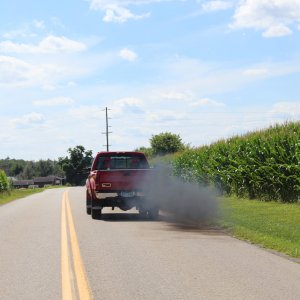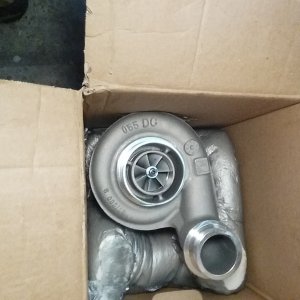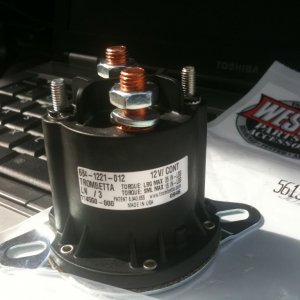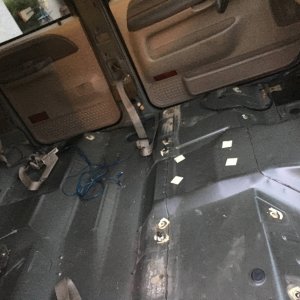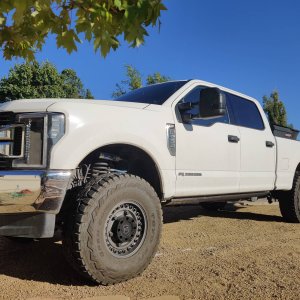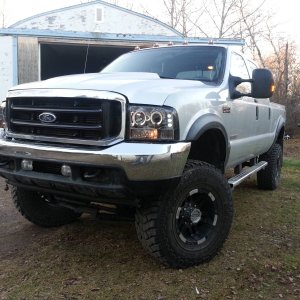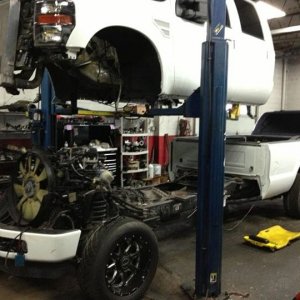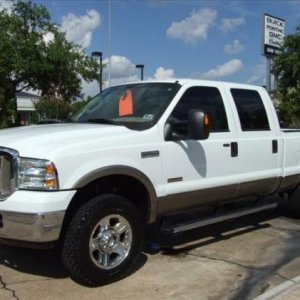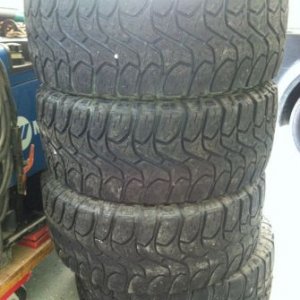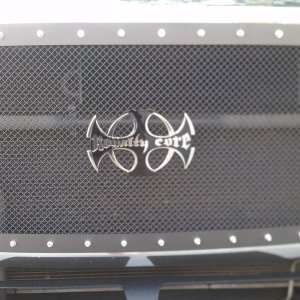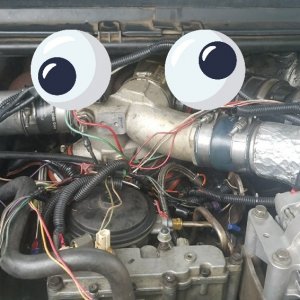OSCS
New member
Jim the top port will allow pressure from manifold boost or drive pressure to hold the valve closed by applying the pressure on top of the diaphragm. The spring pressure will also hold the valve closed while the top pressure is building. The bottom port is used to control the opening of the valve by allowing boost pressure to be applied to the bottom of the diaphragm if needed. Some do not use the bottom port and just keep it open to atmosphere.
Regulate the top port so the pressure + spring will control when the lower pressure over comes this to crack and fully open the gate.
Example:
Top - Spring pressure force on valve = 10psi and boost on top port is "regulated" to 25psi.
Bottom - It will take 35+ psi to be applied to the bottom of the diaphragm (by manifold boost) or the face of the valve (by drive pressure) to crack the gate.
Drive pressure will also force the valve to open by the nature of the design. If the drive pressure is greater than the boost + spring force on top of the diaphragm, then the valve will open early and you will need a higher pressure spring to offset the premature cracking at a lower than desired boost.
Knowing the drive / charge pressures by data logging will help in setting up the gate or gates. Create predefined settings for fuel, nitrous, daily driving or racing. They will all have different needs and by using waste gates you can be in the sweet spot for all these conditions and keep the turbos from over speeding and staying in the correct area of the map to achieve maximum density.
So say your drive pressure was really high. Would that prematurely open the gate only allowing you to make X amount of boost with the configuration shown? No matter what I set my regulator at it will only make 25lbs

